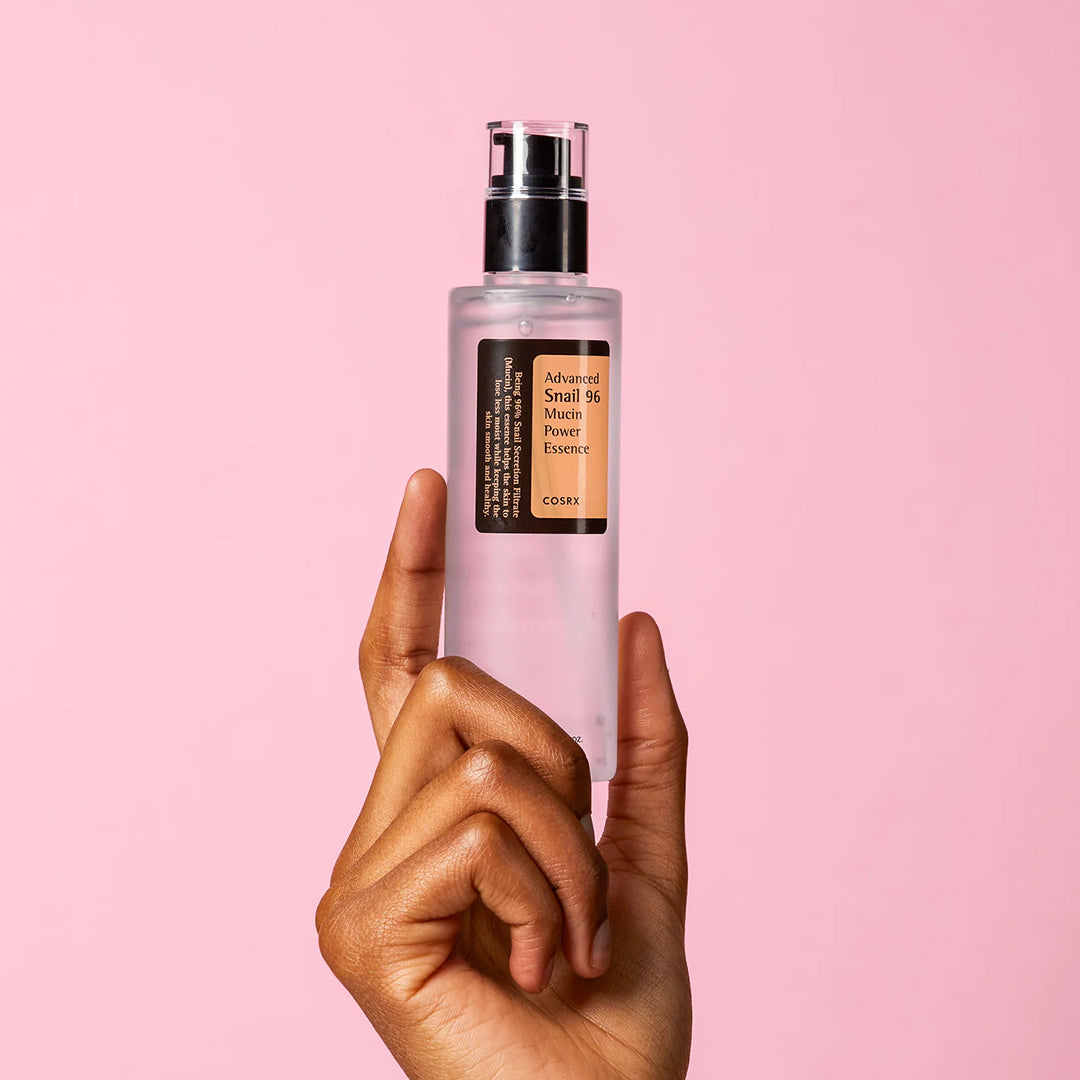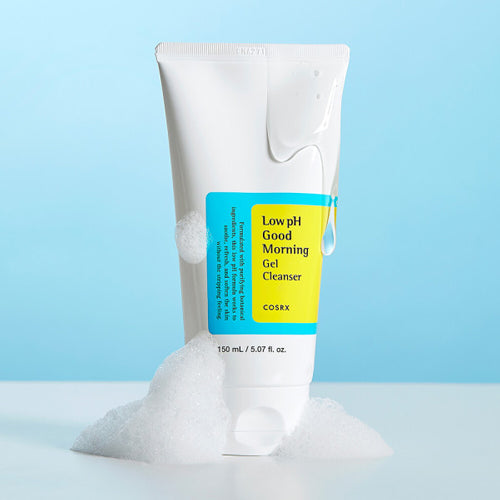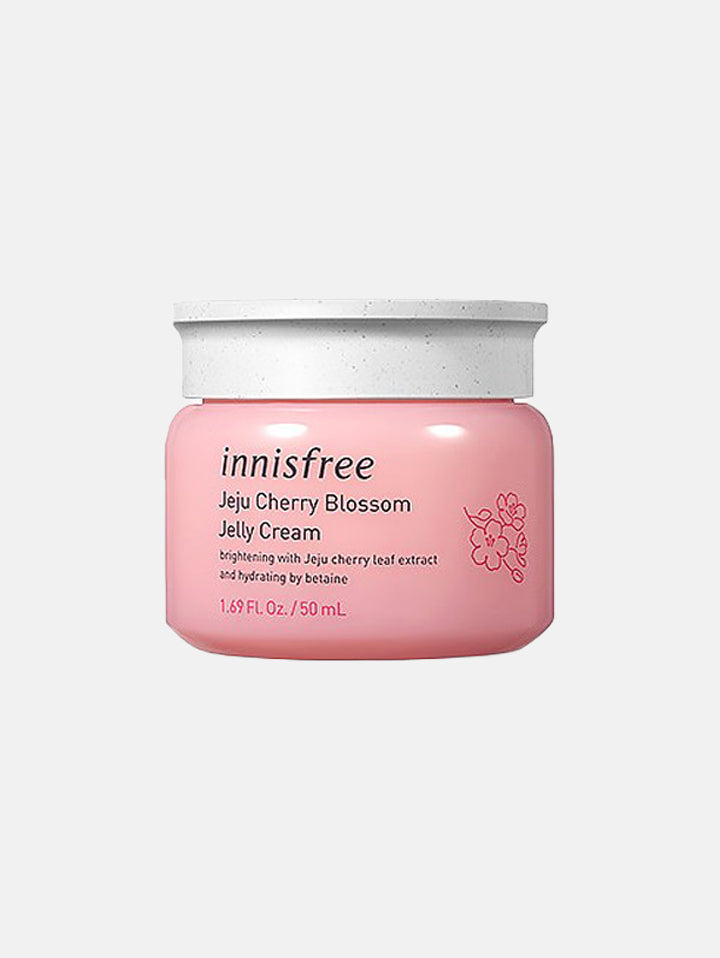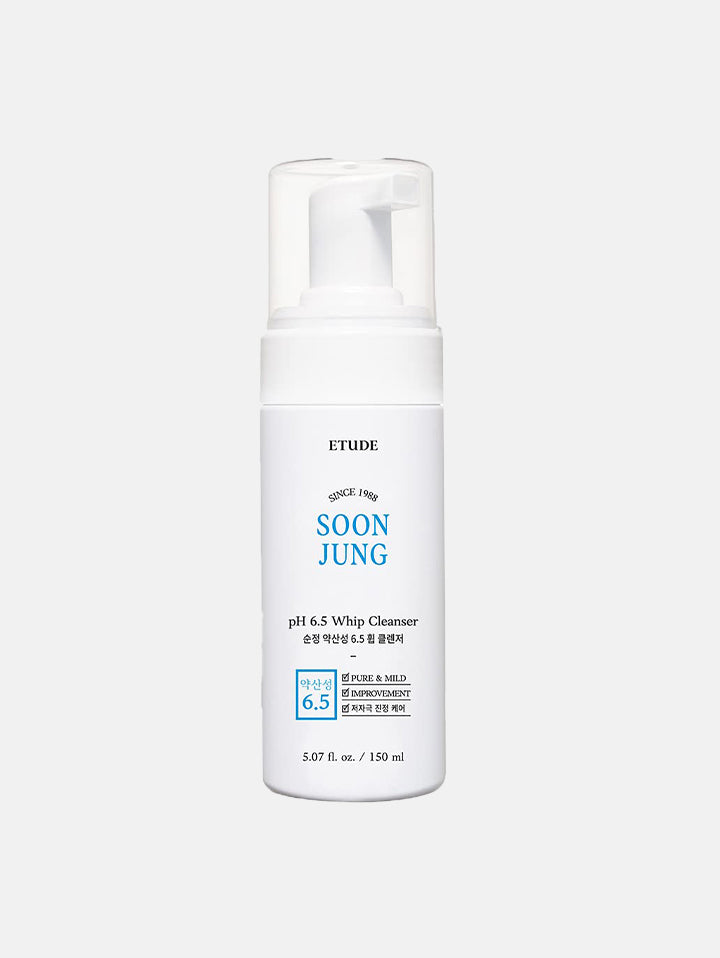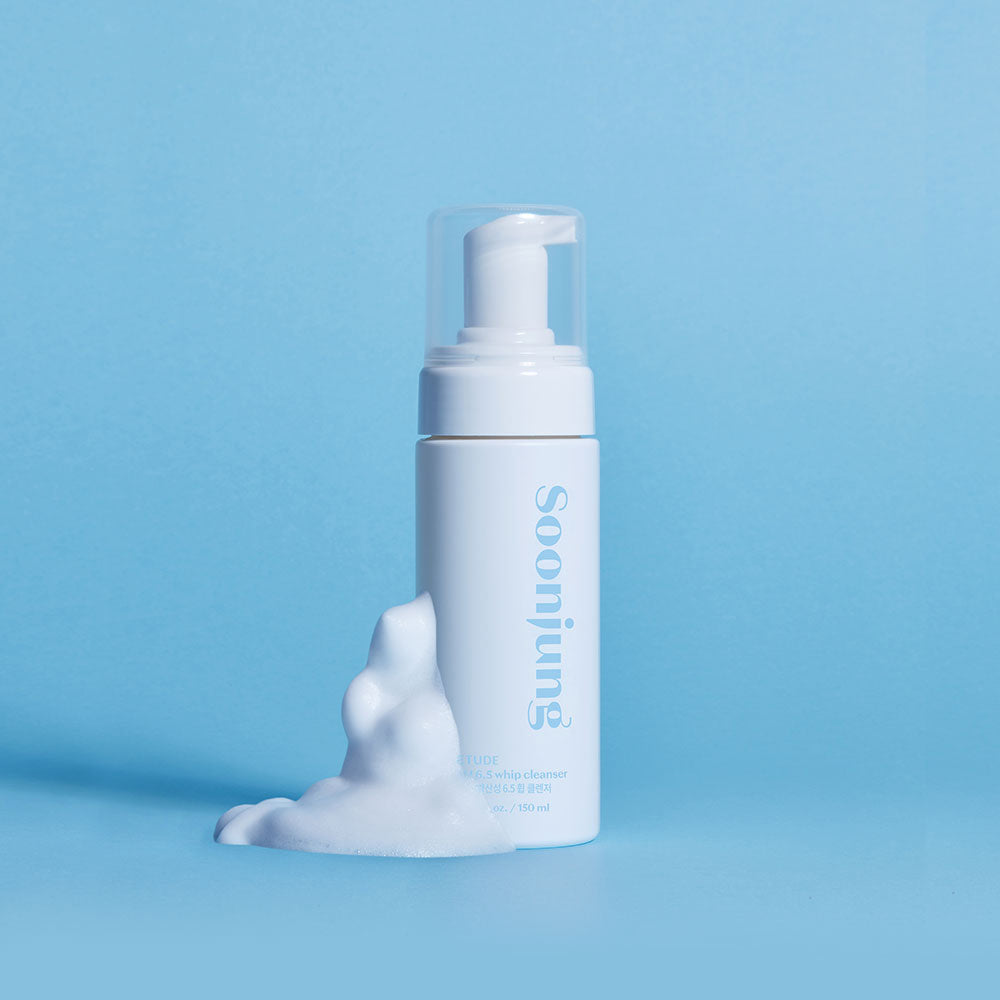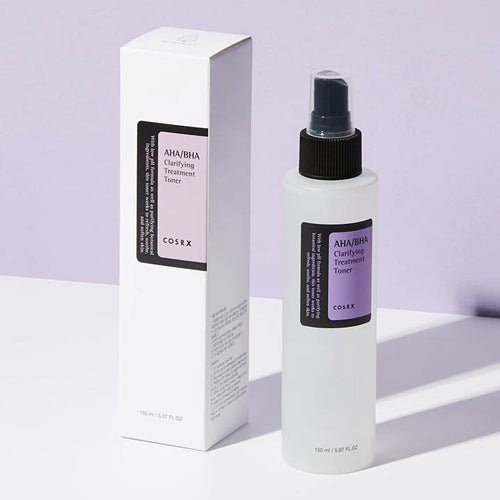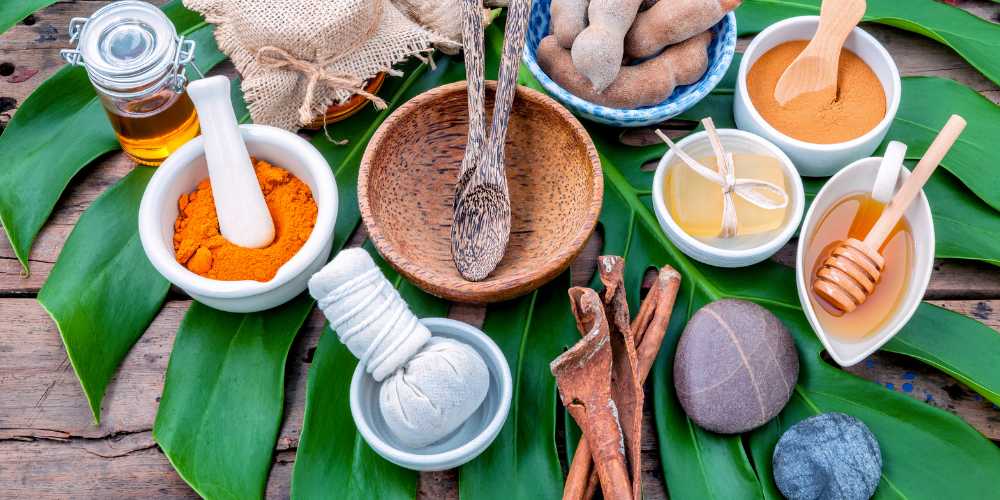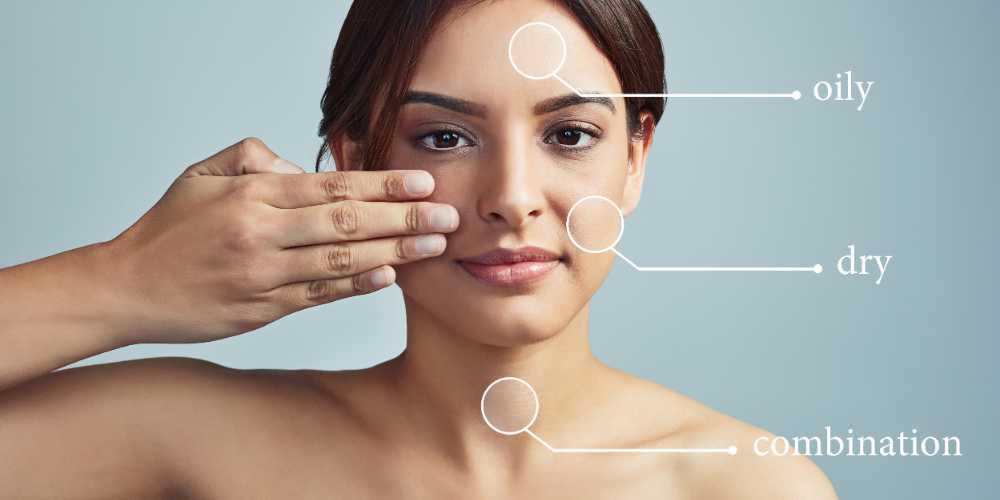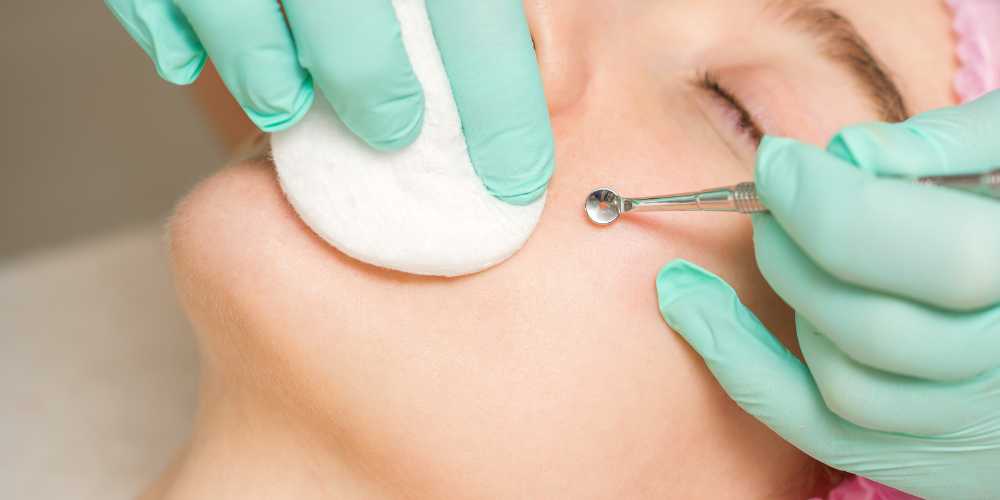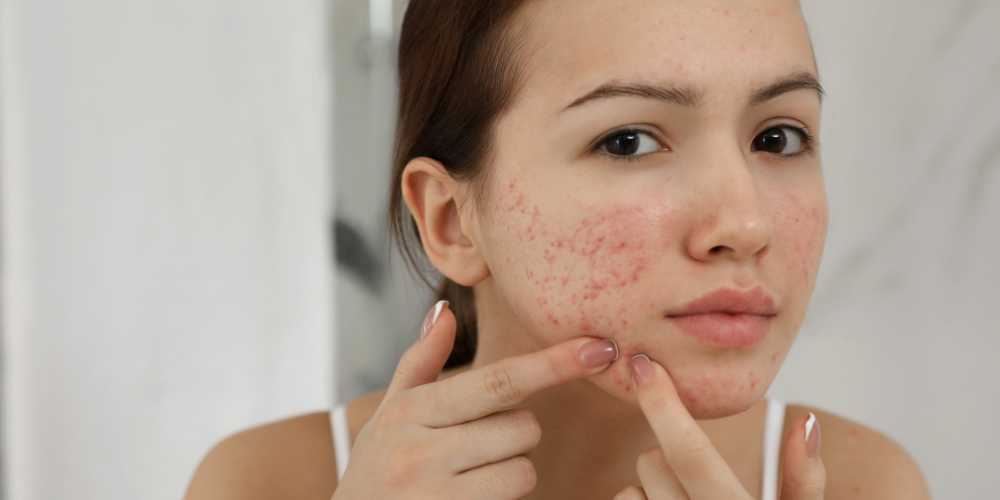
What are the different types of acne?
Acne can manifest in various forms, each presenting its own characteristics and severity. Here are the different types of acne:
-
Whiteheads (Closed Comedones): These occur when pores become clogged with oil and dead skin cells. The pore closes over the debris, creating a small, flesh-colored or white bump on the skin.
-
Blackheads (Open Comedones): Similar to whiteheads, blackheads form when pores become clogged with oil and dead skin cells. However, in this case, the pore remains open, allowing the trapped material to oxidize and turn black, resulting in a dark spot on the skin's surface.
-
Papules: Papules are small, raised, red or pink bumps without a visible center or pus. They occur when the walls around your pores break down from severe inflammation.
-
Pustules: These are red, inflamed bumps with a white or yellow center filled with pus. Pustules typically appear on the surface of the skin and can be painful to touch.
-
Nodules: Nodular acne involves larger, solid, painful bumps beneath the surface of the skin. They develop when clogged, swollen pores endure further irritation and grow larger.
-
Cysts: Cystic acne is the most severe form and involves large, painful, pus-filled lumps beneath the surface of the skin. Cysts can cause scarring and tend to be more difficult to treat compared to other types of acne.
Acne can also be categorized based on severity:
-
Mild acne: Primarily consists of whiteheads and blackheads, with few inflammatory lesions.
-
Moderate acne: Includes a higher number of papules and pustules along with whiteheads and blackheads.
-
Severe acne: This includes nodules and cysts, which are deeper, more painful, and prone to scarring.
Treatment approaches can vary depending on the type and severity of acne. Consulting a dermatologist is recommended for a personalized treatment plan based on individual skin conditions.

